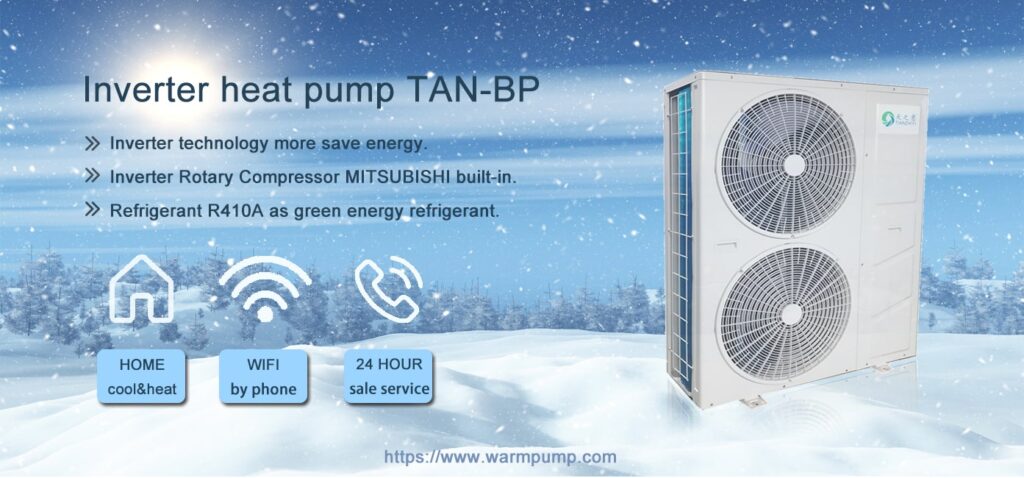Centrifugal pumps are widely used in various industries for transporting liquids. The performance of a pump can be evaluated based on its flow rate, head or lift, and power consumption.
Flow Rate: The flow rate of a pump, also known as discharge, is the volume of liquid that the pump can move per unit time. It is denoted by the symbol Q and measured in liters per second (L/s) or cubic meters per hour (m3/h). The flow rate depends on the size and design of the pump.
Head or Lift: The head or lift of a pump is the height to which it can raise the liquid. It is denoted by the symbol H and measured in meters (m). The head consists of suction head, which is the vertical distance between the pump centerline and the liquid surface, and the discharge head, which is the vertical distance between the pump centerline and the discharge point. The total head of a pump is the sum of suction and discharge heads.
Power Consumption: The power consumption of a pump is the amount of power required to operate the pump. It is denoted by the symbol P and measured in kilowatts (kW) or horsepower (hp). The power consumption depends on the flow rate, head, and efficiency of the pump.
The efficiency of a pump is the ratio of the power output to the power input. The efficiency depends on the design of the pump and the operating conditions.
The performance of a pump can be represented by a pump curve, which shows the relationship between the flow rate and the head for a given speed and impeller diameter. The pump curve also indicates the power consumption at different flow rates.
To select a pump for a specific application, the required flow rate and head must be determined. The pump curve can be used to find the pump that can meet the requirements at the lowest possible cost. It is important to choose a pump that operates at or near its best efficiency point (BEP) to minimize energy consumption and reduce maintenance costs.

